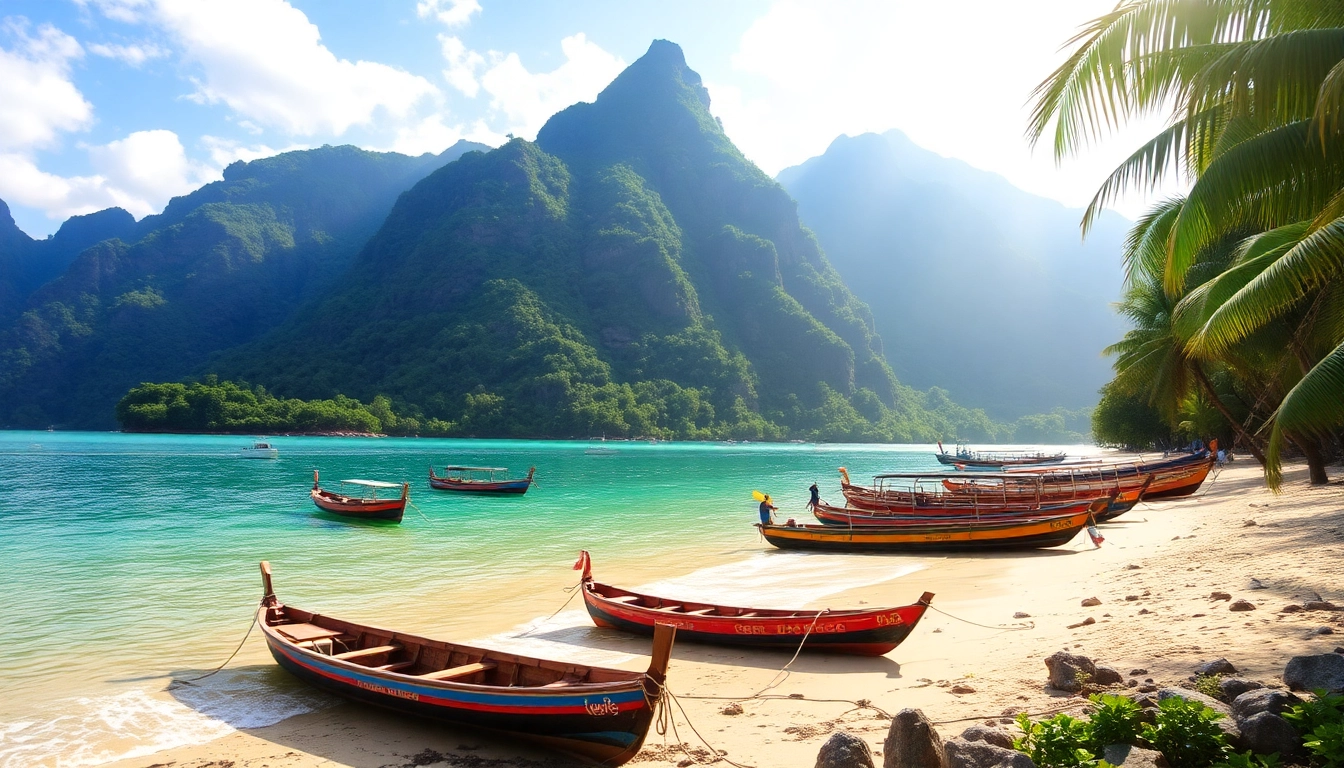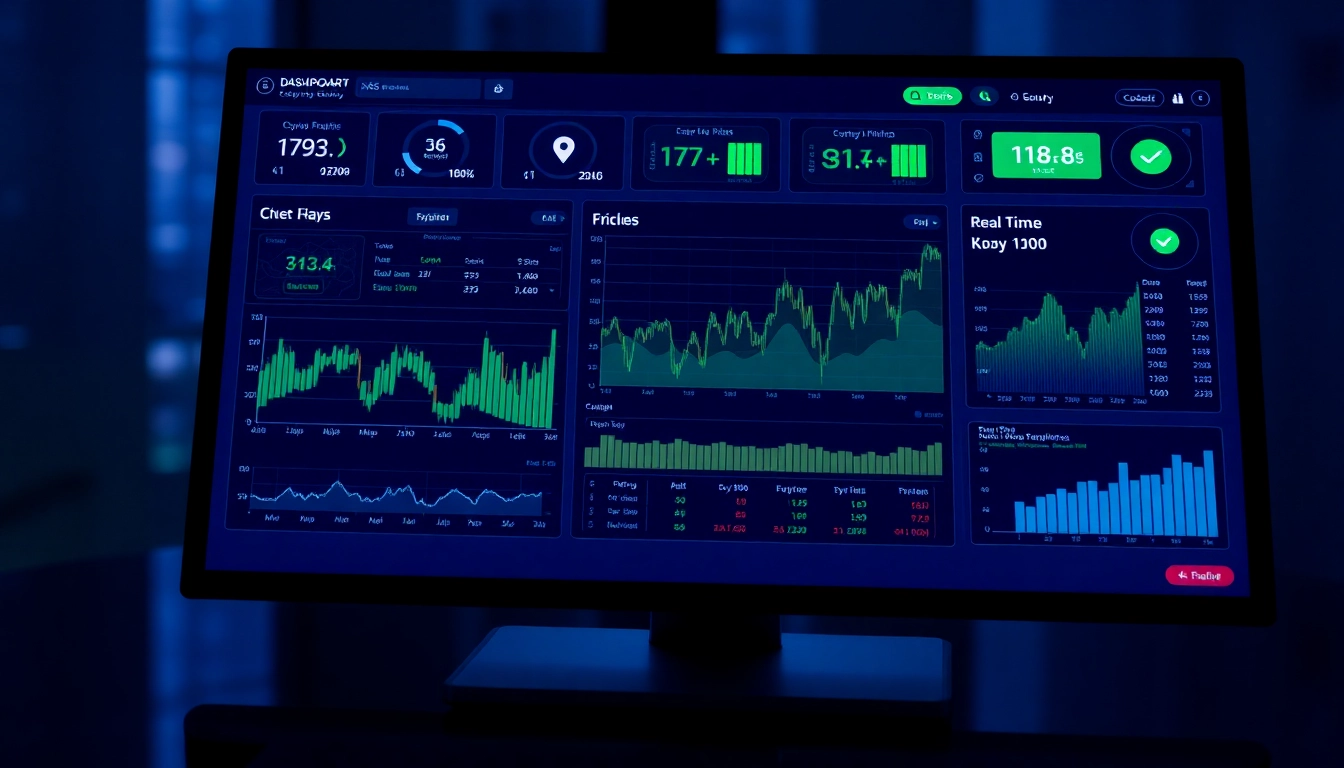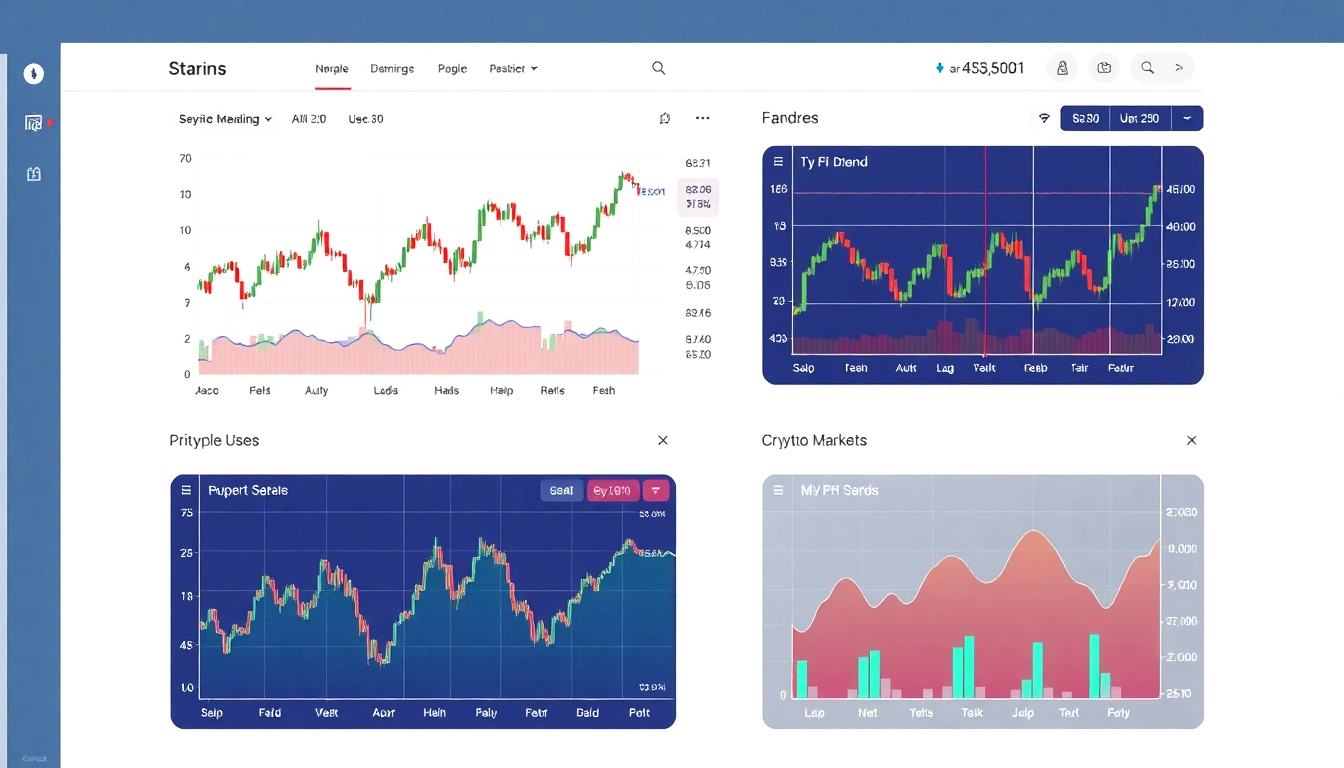
Welcome to the definitive guide on exploring the best attractions, activities, and insights that make Lombok a unique and captivating destination. Whether you’re a seasoned traveler, adventure enthusiast, or cultural explorer, understanding what truly stands out in Lombok will help you craft an unforgettable experience. This comprehensive article delves deep into the natural splendors, cultural heritage, outdoor adventures, culinary delights, and practical travel tips that define the best aspects of Lombok, Indonesia.
1. Discovering Lombok’s Natural Wonders
1.1 Best Beaches for Relaxation and Surfing
Lombok boasts an array of pristine beaches that cater to both sun seekers and surfing aficionados. Among the most acclaimed is Selong Belanak Beach, renowned for its soft white sands and consistent beginner-friendly waves, making it an ideal spot for novice surfers. The secluded Pink Beach (Tangsi Beach) offers spectacular pink-hued sands and crystal-clear waters, perfect for unwinding or capturing stunning photos.
Another top destination is Kuta Beach, not only for its surf breaks but also for its vibrant beachfront cafes and lively atmosphere. For experienced surfers, Desert Point (pronounced “Stringer” by locals) stands out as one of the world’s best reef breaks, attracting professionals from around the globe. The diversity of beaches in Lombok ensures that visitors find the perfect spot to relax, surf, or explore.
1.2 Hidden Waterfalls and Trekking Trails
For nature lovers and trekkers, Lombok’s waterfalls are undisputed gems. Sendang Gile and Tiu Kelep waterfalls in Mount Rinjani’s foothills offer invigorating hikes through lush greenery, culminating in breathtaking cascades. These waterfalls are considered some of the best in Indonesia due to their stunning beauty and accessibility.
Beyond these popular sites, Tiu Sendang Waterfall presents a more secluded experience with a scenic trek through rice paddies and forests, ideal for those seeking tranquility amidst nature. The trek routes vary in difficulty, with some suitable for beginners and others demanding moderate stamina.
One of the most adventurous paths leads to the Gunung Rinjani treks, where hiking to the crater rim provides telescopic views of the active volcano and the caldera’s expansive lake, Segara Anak.
1.3 Volcanic Landscapes and Sunrise Views
Lombok’s volcanic backdrop is both dramatic and inspiring. Mount Rinjani, Indonesia’s second-highest volcano, is considered the best natural spectacle for sunrise viewing. Climbing Rinjani, either as a multi-day trek or a sunrise hike (via Senaru or Sembalun routes), rewards adventurers with stunning panoramic vistas and an intimate connection with volcanic earth.
The trek to the summit presents a challenging yet rewarding experience for seasoned trekkers. Sunrise atop Rinjani is often cited as the best moment of the trip, where the horizon ignites with hues of orange and gold over the surrounding islands and sea.
Other volcanic landscapes, such as the black sand beaches created by lava flows and crater lakes, vividly illustrate the island’s geologic vitality, making Lombok the best destination for volcanic explorations.
2. Cultural and Historical Highlights in Lombok
2.1 Best Temples and Sacred Sites
Lombok’s spiritual heritage is evident in its numerous temples and sacred sites, revered by locals and visitors alike. Pura Lingsar, a complex that blends Hindu and Muslim influences, is the best-known temple and hosts annual ceremonies reflecting religious harmony.
Another notable sacred site is the Seger Temple, located near Mount Rinjani. It is an important pilgrimage destination for the Sasak community, where rituals pay homage to nature spirits and ancestors.
Visitors interested in religious history should explore the Batu Bolong Temple, perched on a coral reef overlooking the sea, offering breathtaking views and a sense of spiritual tranquillity.
2.2 Traditional Sasak Villages and Arts
The Sasak people, indigenous to Lombok, have preserved their unique traditions through village life and crafts. The village of Sade is the most famous, offering an authentic glimpse into Sasak architecture, weaving, and traditional ceremonies. Sade is renowned for its woven fabrics, such as “songket” and “ikat,” which are highly sought after.
Similarly, the Banyumulek pottery village stands out for its intricate clay crafts. Visitors can observe artisans at work and even participate in crafting their own souvenirs, making it the best place to appreciate local artistry firsthand.
These villages serve as living museums, providing in-depth understanding of Lombok’s rich cultural fabric.
2.3 Local Festivals and Events
Annual festivals like the Bau Nyale Festival showcase Lombok’s vibrant culture. This event coincides with the sea worm hunt, where locals and tourists gather on beaches to witness the legendary quest for Nyale worms, believed to bless the land with fertility and prosperity.
Another key cultural event is the Handara Festival, celebrating Sasak heritage through traditional dances, music, and communal rituals. These festivals are considered the best times to immerse yourself in Lombok’s cultural heartbeat and experience its authentic social fabric.
3. Adventure & Outdoor Activities
3.1 Best Water Sports and Diving Spots
Lombok’s underwater world is a haven for scuba diving and snorkeling enthusiasts. Gili Islands—Gili Trawangan, Gili Air, and Gili Meno—are arguably the best spots, renowned for their vibrant coral reefs and diverse marine life, including turtles, reef sharks, and colorful fish.
In addition, the Batu Bolong and Pink Beach sites offer incredible visibility and unique underwater formations. For experienced divers, the Shark Point dive is a must-visit, providing opportunities to see reef sharks in their natural habitat.
Snorkeling is accessible even for beginners, with many resorts and tour operators providing equipment and guided trips to ensure safety and maximize the experience.
3.2 Trekking Routes for All Levels
Lombok’s trekking routes cater to all adventure levels—from easy walks through rice paddies to challenging volcanic hikes. The Sembalun Valley offers a gentle trek with scenic views of Mount Rinjani, ideal for beginners or families.
For more experienced hikers, the Rinjani summit trek is considered a best challenge, requiring proper preparation, guides, and gear. Guided multi-day treks typically include camping at the crater rim, where nature’s raw beauty is at its best.
The trekking routes provide opportunities for birdwatching, photography, and connecting deeply with nature’s untouched beauty.
3.3 Camping and Nature Experiences
Camping under the stars near Mount Rinjani or on the serene beaches offers a memorable way to experience Lombok’s pristine environment. Several tour companies provide camping equipment and organized trips that include safety briefings, campfire rituals, and local interactions.
Moreover, eco-resorts and homestays in remote villages allow travelers to immerse themselves fully in Lombok’s tranquil surroundings, promoting sustainable tourism practices and preserving natural beauty for future generations.
4. Culinary Delights and Market Experiences
4.1 Top Local Dishes to Try
Lombok’s cuisine embodies a rich blend of flavors, influenced by indigenous traditions and regional spices. Must-try dishes include Ayam Taliwang, a spicy grilled chicken marinated with chili, garlic, and other spices, served with rice and vegetables.
Sate Rembiga, skewered and grilled seasoned beef, is known for its delicious smoky flavor. Piring, a traditional Sasak rice cake cooked in banana leaves, offers a unique taste experience. Fresh seafood, especially grilled fish and oysters, is widely available along coastal markets.
For dessert, Sate Maranggi or sweet coconut delicacies are popular, rounding out the culinary experience.
4.2 Best Markets for Fresh Produce and Souvenirs
The Pasar Cakranegara Market is the best place to experience Lombok’s vibrant market culture, offering local fruits, vegetables, spices, and handcrafted souvenirs. Here, visitors can bargain for textiles, ceramics, and traditional handicrafts.
Additionally, Senggigi Night Market presents a lively atmosphere with diverse street foods and local artisans, perfect for evening exploration.
Shopping at these markets supports local communities and ensures authentic engagement with Lombok’s culture.
4.3 Food Tours and Cooking Classes
Participating in a food tour or cooking class is one of the best ways to learn about Lombok’s culinary secrets. Many local chefs offer immersive experiences, guiding participants through authentic recipes, spice mixing, and traditional cooking techniques.
These experiences deepen your appreciation for the island’s flavors and culinary heritage while providing skills you can replicate at home.
5. Practical Tips for Visiting Lombok
5.1 Best Accommodation Options
Lombok offers a range of accommodations, from luxury resorts to budget homestays. The Senggigi area is considered the best for nightlife, restaurants, and accessibility to beaches. For a tranquil retreat, Lombok’s inland eco-resorts offer serenity and proximity to natural attractions.
For authentic experiences, staying in Sasak villages or eco-lodges allows travelers to immerse in local culture while enjoying modern comforts.
5.2 Transportation and Travel Tips
Getting around Lombok is easiest via scooter, which is the best option for flexibility and access to remote areas. Car rentals with drivers are recommended for longer excursions or safety reasons. The island also has limited but improving public transportation options, including shuttle services and taxis.
International travelers typically arrive through Lombok International Airport, with connections available from Bali and Jakarta.
5.3 Best Time to Visit and Safety Guidelines
The best time to visit Lombok is during the dry season, from May to September, when weather conditions are optimal for outdoor activities. Avoid the rainy season (November to April), which can disrupt travel plans.
In terms of safety, respect local customs, especially during religious festivals. Mount Rinjani trekking requires proper permits and guides. Be cautious of strong currents when swimming or diving, and always use reputable tour operators.




